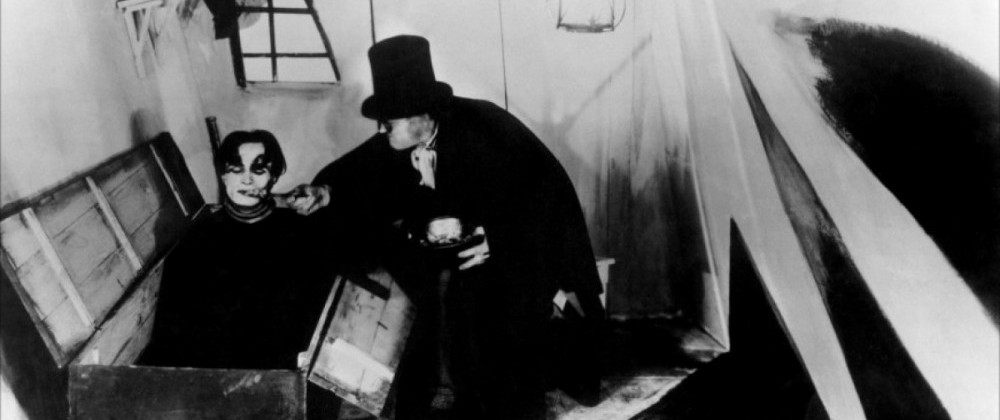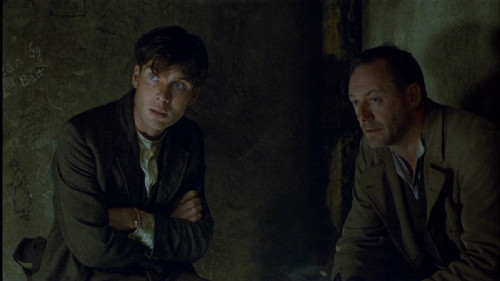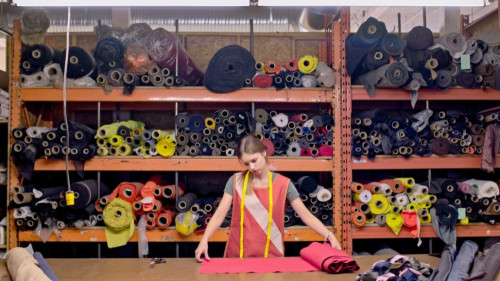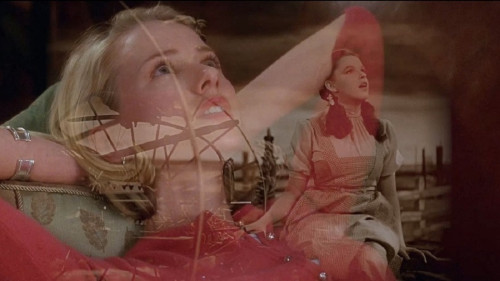Volume 12, Issue 10 / October 2008
The Fantastique
In this issue
-
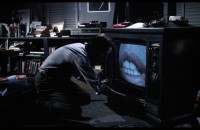
David Cronenberg: Author or Film-Maker?
Book by Mark Browning
-
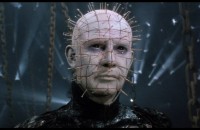
Caligari and Hellraiser: A Lineage
-
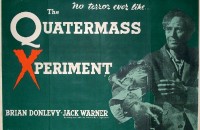
The Face of Quatermass: National Identity in British Science-Fiction
-
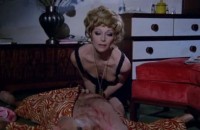
In the Folds of the Flesh
A Giallo Rarity
-

[Rec]
Spanish 'Reality Horror'
Offscreen returns with a bag of essays that can be loosely collected under the banner of the cinema of the fantastique. I have here borrowed the French terminology because it is more inclusive than the English term “the fantastic,” by factoring in works that do not necessarily or conclusively deal with the supernatural or non-rational. While normally a net that spreads wide to include the genres of horror, science-fiction, and fantasy (worlds far removed from ‘our’ real world), the point here is to stretch it further to encompass films which may occur nominally in the ‘real world’ (i.e. the giallo), but through an excess of style or content (convoluted plots, extreme violence, psycho-sexual perversions) feels removed from ‘our’ reality. Perhaps one of its greatest practitioners H.P. Lovecraft said it best in his seminal book Supernatural Horror in Literature: “The one test of the really weird is simply this — whether or not there be excited in the reader a profound sense of dread, and of contact with unknown spheres and powers; a subtle attitude of awed listening, as if for the beating of black wings or the scratching of outside shapes and entities on the known universe’s utmost rim” (Supernatural Horror in Literature, New York: Dover Publications, Inc., 1945, 1973 edition, p. 16). The issue starts off with a Steffen Hantke’s book review essay on a director whose works have become synonymous with the fantastique, from his early days (Stereo, Crimes of the Future, The Parasite Murders) to more recent works (eXistenZ, Spider), David Cronenberg. The fantastique was a mainstay of cinema from its beginnings, marked by the pioneering work of French filmmaker Georges Méliès and the films of the Pathé Frères company (exceptionally, Ferdinand Zecca). In writer Roberto Donati essay he establishes a convincing link between one of the most important fantastique films of silent cinema, Robert Weine’s The Cabinet of Dr. Caligari (1919) and Clive Barker’s modern era Hellraiser (1987). One of the greatest single studios of the fantastique is, unarguably, Britain’s Hammer Films. Will Wright concentrates on their science fiction Quatermass films as a barometer of National identity and notions of ‘Britishness’. Though sometimes lumped in with the horror film, the Italian giallo was its own strongly coded genre (filone) that was very popular domestically and internationally from the late 1960’s to the mid-1970’s. Severin Films has done great service (for Eurocult fans at least!) by releasing an excellent DVD transfer of a giallo rarely seen in North America, In the Folds of the Flesh, which is reviewed next. The issue concludes with a look at the most recent Spanish entry into the hugely popular ‘reality horror’ subgenre, [Rec], which already has a US remake, Quarantine (2008).

